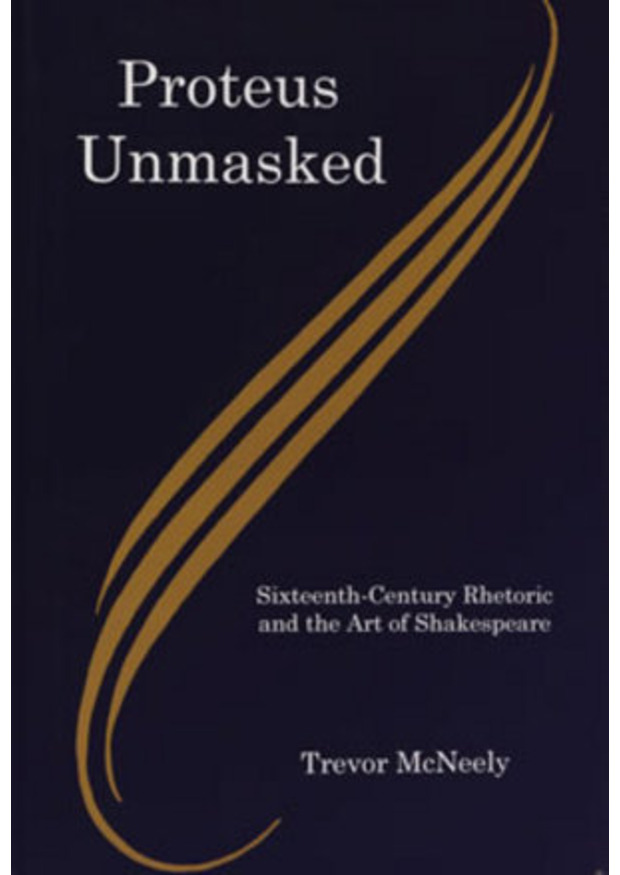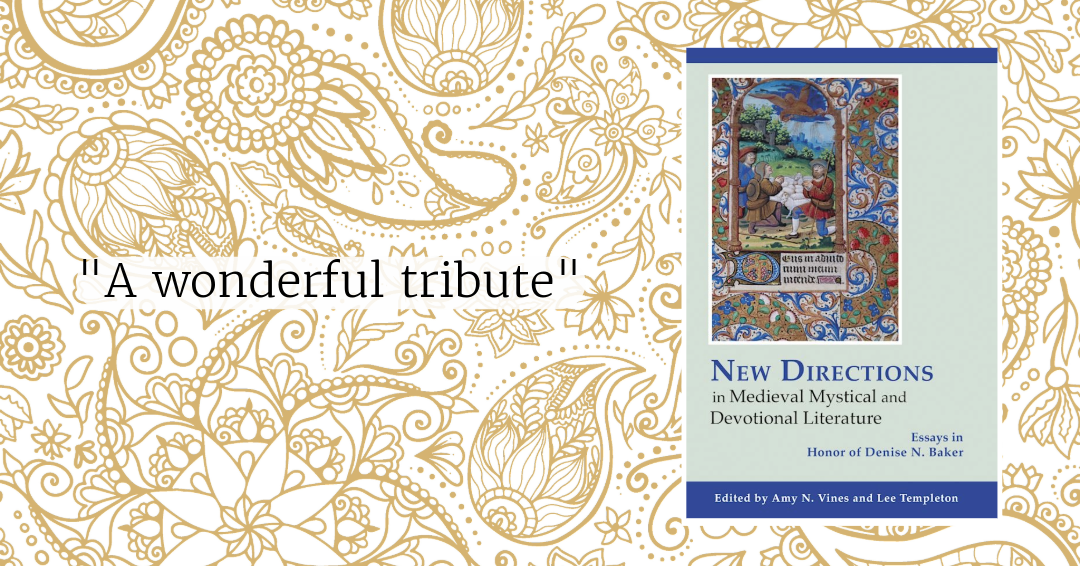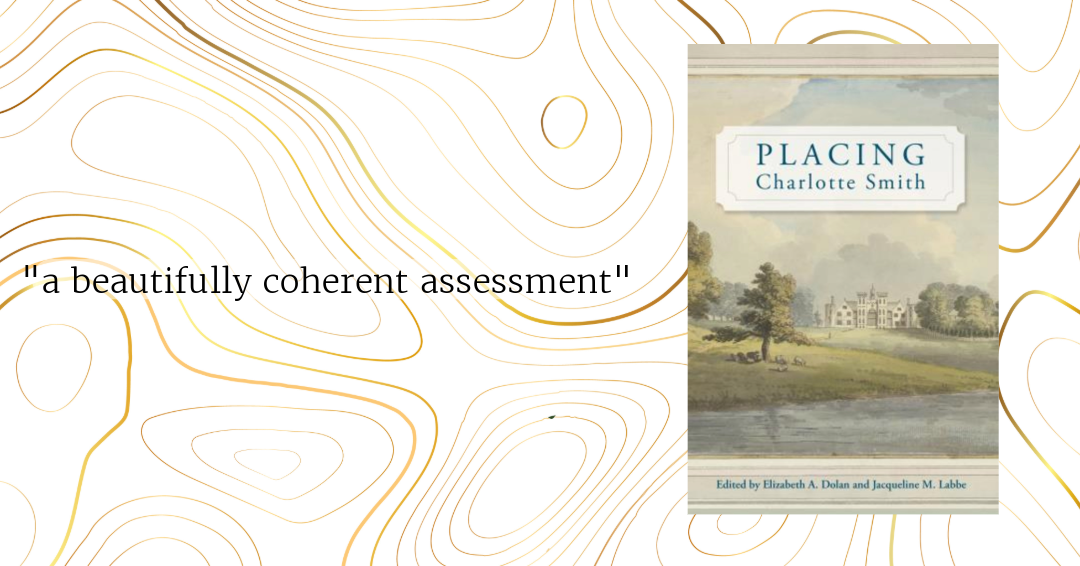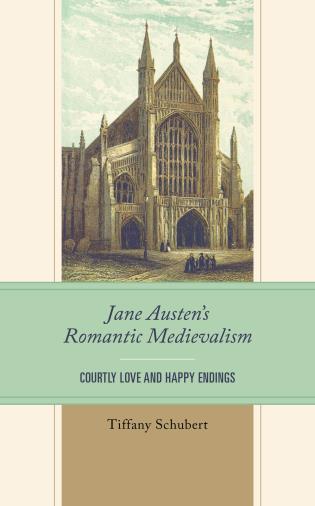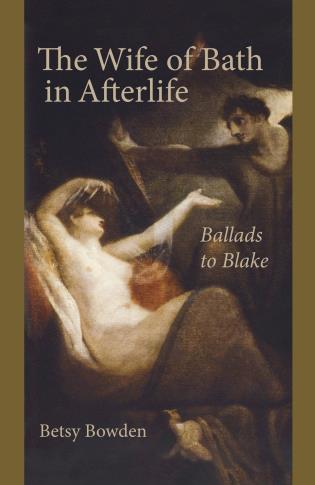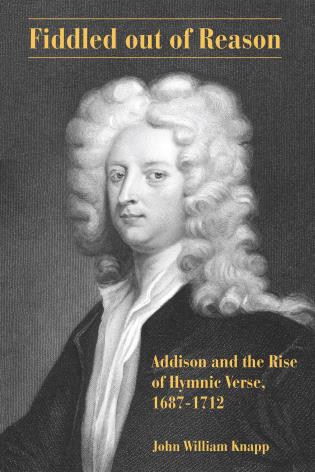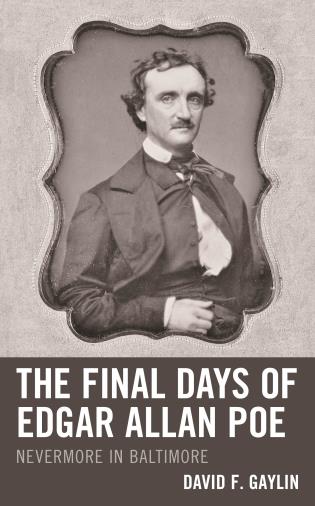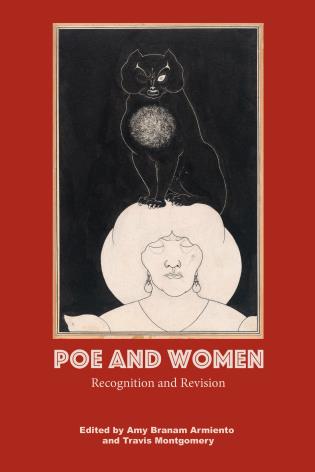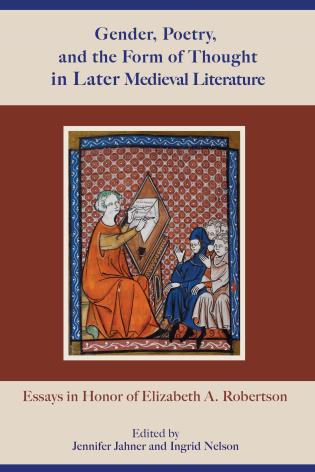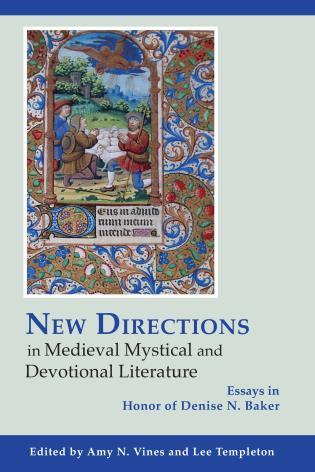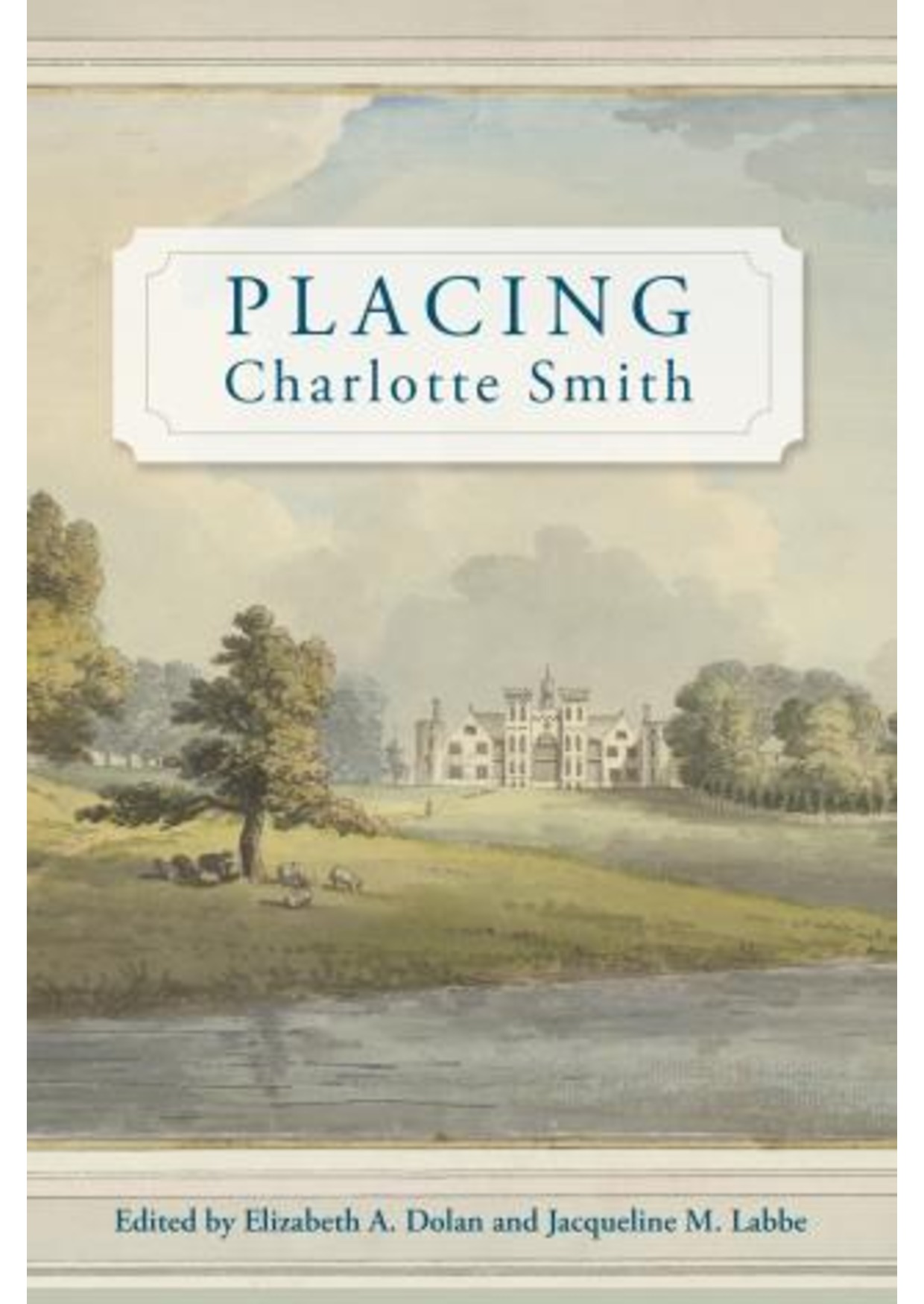Sixteenth-Century Rhetoric and the Art of Shakespeare
This study builds on previous scholarship on the relationship of Shakespeare to the rhetorical tradition. Its claims rest on two central, closely related premises, both of which are in one sense quite conventional, but in another much more radical. The first premise is that "rhetoric," in the primary sense of that term, "the art of using language so as to persuade or influence others," in the words of the OED, is the integrating principle behind the Renaissance revolution both in Italy and England, the essential element that holds tenuously together a universe threatening to lapse into incoherence and chaos. The second premise, dependent on the first, is that the heart and soul of the art of rhetoric lies in the principle of persuasion, that it is in persuasion rather than in precept that rhetoric has its essential being.
The cultural implications of these premises are explored in chapter 1, demonstrating that the surface manifestations of the cult of rhetoric in the Elizabethan period―its central role in education and the adulation its professors enjoyed― mask profound insecurities in the culture, fear of rhetoric's untrammeled use that acts to undermine the stability that its surface features promote. The tensions within the subject are epitomized in the contradictory visions of rhetoric that flourish side by side in the period―the mainstream Aristotelian tradition, aligning rhetoric with truth, and the more marginal declamatory tradition, in which its function is simply to persuade.
Chapter 2 explores the many close affinities between rhetoric and theater, noted from classical times, though largely ignored in modern commentaries on the development of Elizabethan drama. In this omission modern scholarship simply follows the lead of the period itself, which is constrained from explicitly acknowledging any link, as doing so could compromise its carefully constructed defenses against direct recognition of rhetoric's darker powers. Several popular courtesy texts of the period reveal the implicit overlap of the courtly and theatrical milieus, with Shakespeare making his entrance at this point by way of a connection to the best of the Elizabethan courtesy texts, Puttenham's The Art of English Poesie.
The next chapter advances the bold claim that Shakespeare is at all times a fully conscious artist, specifically that he is conscious of the role of rhetoric in the culture in the manner that chapters 1 and 2 have described. Criticism has traditionally and wrongly been reluctant to accede him full credit for his achievement. The educational and courtly literature and the cultural norms of the period, however, give evidence that "nature," traditionally the hallmark of Shakespeare's work, is precisely an illusion, artful and consciously created. He has achieved the rhetorician's ideal of making his art invisible, of separating his speech from his own personality, as if he himself did not exist.
Chapter 4 makes up the question of Shakespeare's rhetorical mastery in two contexts―the academic and the political. In the academic context, with a focus on teaching, the aim is visibility, to display one's mastery of the art in the variety and originality of the figures one has the skills to employ. Outside the academy, the aim becomes the opposite, not to dazzle and call attention to oneself but simply to be effective, to persuade. Working both sides of this visible/invisible dialectic with supreme skill through his characters, Shakespeare himself now opens up a third way in which his rhetoric may be viewed, in a sense combining the two, here designated the allegorical or philosophical―a commentary on the centrality of persuasive rhetoric in the culture of his day.
Chapter 5 gives an overview of Shakespeare's plays to show how the allegory of rhetoric is manifest in his work. Separate chapters on Richard III, Measure for Measure, Othello, King Lear, and Coriolanus discuss his rhetorical philosophy.
